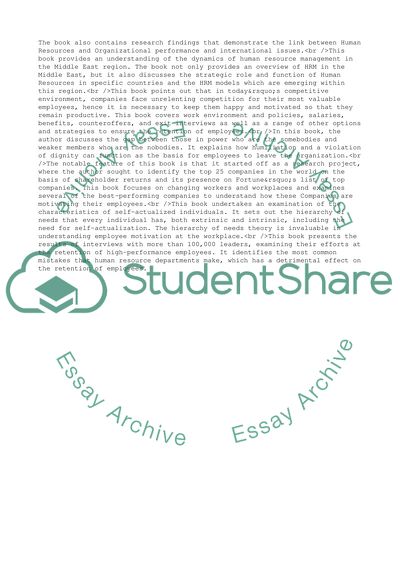Cite this document
(Human Resource Management Annotated Bibliography Example | Topics and Well Written Essays - 1250 words, n.d.)
Human Resource Management Annotated Bibliography Example | Topics and Well Written Essays - 1250 words. https://studentshare.org/management/1719096-annotated-bibliography-hr-proposal
Human Resource Management Annotated Bibliography Example | Topics and Well Written Essays - 1250 words. https://studentshare.org/management/1719096-annotated-bibliography-hr-proposal
(Human Resource Management Annotated Bibliography Example | Topics and Well Written Essays - 1250 Words)
Human Resource Management Annotated Bibliography Example | Topics and Well Written Essays - 1250 Words. https://studentshare.org/management/1719096-annotated-bibliography-hr-proposal.
Human Resource Management Annotated Bibliography Example | Topics and Well Written Essays - 1250 Words. https://studentshare.org/management/1719096-annotated-bibliography-hr-proposal.
“Human Resource Management Annotated Bibliography Example | Topics and Well Written Essays - 1250 Words”. https://studentshare.org/management/1719096-annotated-bibliography-hr-proposal.


